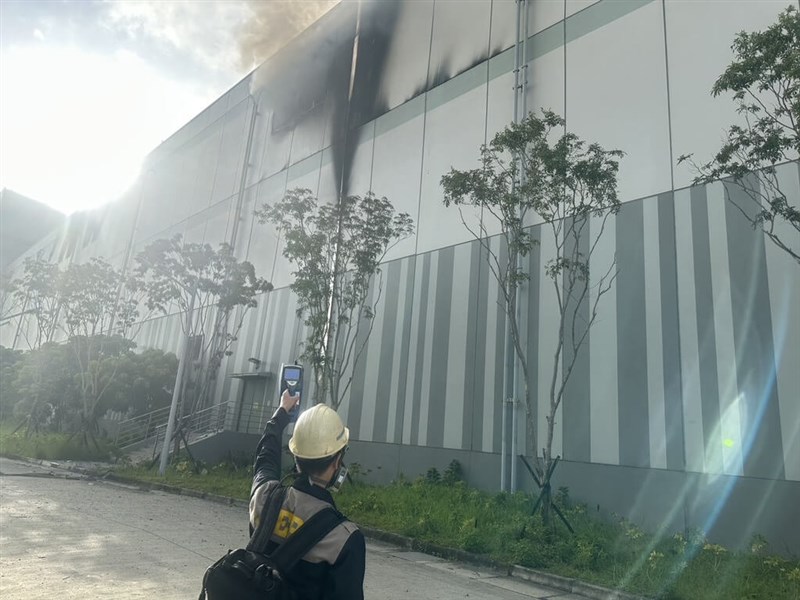
Taipei, Aug. 26 (CNA) More than 9 million people in Taiwan live within 5 kilometers of petrochemical production facilities, placing them in high-risk zones for air pollution exposure, according to Greenpeace.
In a report released on Tuesday, the environmental group identified 191 facilities across 13 counties and cities in Taiwan, and claimed high-risk zones cover almost 40 percent of the population.
According to Greenpeace project manager Chang Kai-ting (張凱婷), the areas include 1.15 million children and 1.59 million elderly residents.
She said there are also 4,067 institutions in the zones, including kindergartens, elementary schools, junior high schools and elderly care centers.
Chang noted that Kaohsiung has the most petrochemical plants, with 50 facilities affecting about 1.6 million residents.
The cities of Taoyuan and Tainan each have 31 facilities, placing about 1.98 million and 1.58 million people respectively in high-risk zones, she added.
Chang said that if the exposure range is expanded to 10 kilometers, the number of people affected rises to 15.72 million, or about 70 percent of Taiwan's population.
Responding to the findings, Ministry of Environment (MOENV) Department of Atmospheric Environment Director-General Huang Wei-ming (黃偉鳴) said the ministry has launched investigations and pollution reduction plans.
Huang explained that the ministry will gradually build monitoring networks, conduct pollution assessments and provide guidance for reducing emissions.
According to Huang, permanent long-term monitoring networks, including special monitoring stations supported by high-tech monitoring equipment, have been set up in major petrochemical zones.
Huang said the MOENV will hold consultations and provide follow-up guidance in high-emission areas while promoting upgrades to pollution control equipment.
He said these efforts are aimed at ensuring effective management of industrial emissions and risks and at improving air quality.
- Cross-Strait
- Society
66.6% of Taiwanese children eat junk food weekly: survey
01/04/2026 09:16 PM - Politics
Satellite images of lawmaker's home and workplace removed: MODA
01/04/2026 09:03 PM - Society
Wild muntjac wanders into Taipei Zoo, released back into forest
01/04/2026 08:51 PM - Culture
TikTok viewership surges in Taiwan, especially among young people: report
01/04/2026 08:41 PM